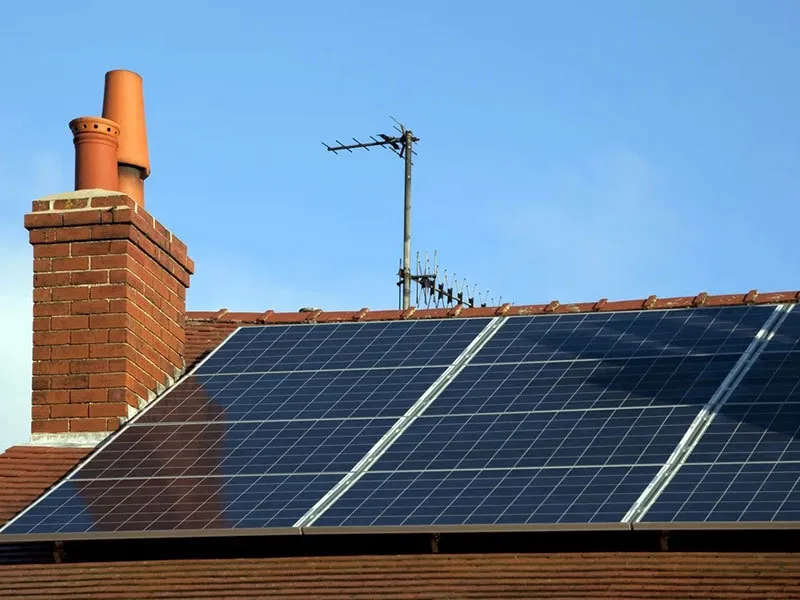Are Bifacial Solar Panels Superior to Traditional Panels in Energy Efficiency and Performance?
Are Bifacial Solar Panels Better?
In recent years, the renewable energy sector has witnessed significant advancements, with solar energy leading the charge. Among the various innovations in solar technology, bifacial solar panels have emerged as a popular choice among researchers, manufacturers, and consumers. But what exactly are bifacial solar panels, and are they better than traditional monofacial panels? This article explores the benefits and potential drawbacks of bifacial solar panels to help you make an informed decision about your solar investment.
What Are Bifacial Solar Panels?
Bifacial solar panels are designed to absorb sunlight from both sides. Unlike traditional monofacial panels, which capture sunlight from the front side only, bifacial panels utilize solar cells on both the front and the back. This dual-sided design enables them to harness reflection and scattered sunlight that bounces off surfaces such as land, water, or other structures. As a result, bifacial panels can achieve higher energy output compared to their monofacial counterparts.
Advantages of Bifacial Solar Panels
1. Increased Energy Production One of the most compelling reasons to consider bifacial solar panels is their ability to produce more electricity. Research indicates that bifacial panels can generate anywhere from 10% to 20% more energy than conventional panels, depending on the installation site and environmental factors. This increased yield can enhance the overall efficiency of solar energy systems, making them more cost-effective in the long run.
2. Durability and Longevity Bifacial solar panels are generally built with more robust materials, allowing them to withstand harsh weather conditions better than traditional panels. Their design often incorporates high-strength glass, enhancing their durability and extending their lifespan. With proper maintenance, bifacial panels can last for over 30 years, offering a more sustainable energy solution.
3. Reduced Land Use Since bifacial panels generate more energy from the same amount of sunlight, they can help reduce the land area needed for solar installations. This is particularly advantageous in regions where land availability is a concern. Fewer panels are required to generate the same amount of energy, allowing for more efficient use of space.
are bifacial solar panels better

4. Versatile Installation Options Bifacial solar panels can be installed in various configurations, including ground-mounted systems, rooftops, and vertically. Their flexibility allows for innovative designs and placements that traditional panels may not accommodate.
5. Lower Levelized Cost of Energy (LCOE) The increased energy output coupled with their durability can lead to a lower levelized cost of energy, which represents the average total cost to produce energy over the system's lifetime. As energy costs continue to rise, this economic advantage makes bifacial panels an appealing choice for long-term investments.
Potential Drawbacks of Bifacial Solar Panels
While bifacial solar panels offer numerous advantages, they are not without their drawbacks. One primary consideration is their higher initial cost. The technology involved in manufacturing bifacial panels can be pricier than that of conventional panels. However, the increased energy production often compensates for this initial investment over time.
Additionally, bifacial panels require specific installations to maximize their efficiency. Sites with reflective surfaces, such as white roofs or gravel, are ideal for bifacial solar technology. In areas without such conditions, the energy yield may not significantly surpass that of traditional panels.
Conclusion
Ultimately, whether bifacial solar panels are better depends on a variety of factors, including location, budget, and specific energy needs. Their ability to generate more energy, their durability, and potential for reduced land use make them an attractive option for those looking to invest in solar technology. However, it is essential to conduct thorough research and consult with professionals to determine if bifacial panels are the right fit for your specific circumstances. As the renewable energy landscape continues to evolve, bifacial solar panels stand out as a promising solution for a sustainable energy future.
-
Unlocking Energy Freedom with the Off Grid Solar InverterNewsJun.06,2025
-
Unlock More Solar Power with a High-Efficiency Bifacial Solar PanelNewsJun.06,2025
-
Power Your Future with High-Efficiency Monocrystalline Solar PanelsNewsJun.06,2025
-
Next-Gen Solar Power Starts with Micro Solar InvertersNewsJun.06,2025
-
Harnessing Peak Efficiency with the On Grid Solar InverterNewsJun.06,2025
-
Discover Unmatched Efficiency with the Latest String Solar InverterNewsJun.06,2025







